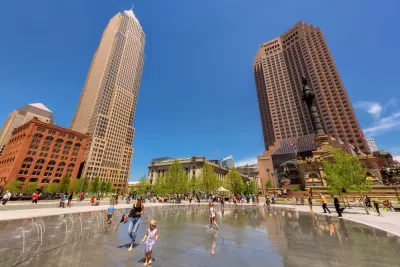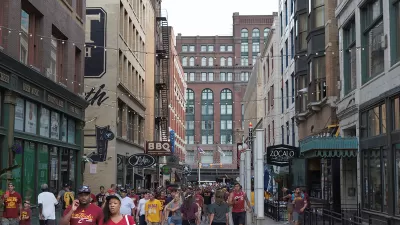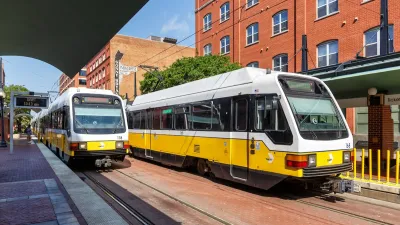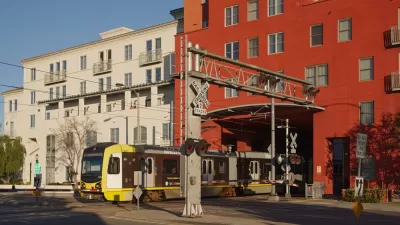The mayor of Cleveland expressed the goal to become the first “15-minute city” in America at his State of the City speech. Experts say it’s possible.

As reported in an article by Sara Shookman, “Mayor Justin Bibb says Cleveland wants to be the first 15-minute city in North America, introducing the concept during his State of the City speech Wednesday.”
Matt Moss, a planner with Cleveland City Planning Commission, said “It's starting out with the city we have now, … and then asking residents how they might want their community to grow or change in ways that, again, make things accessible or provide them with more opportunities to access the things they want to get to in their day to day lives.”
City planners will develop a list of existing amenities and assess what different neighborhoods are lacking in terms of walkability. “In some neighborhoods, they find it's more quality that's lacking due to busted sidewalks or lack of bike lanes or bus stops. In others, when it comes to green space or food justice, neighborhoods are lacking altogether.”
Dr. Darcy Freedman, director of the Mary Ann Swetland Center for Environmental Health, highlighted the importance of access to healthy food and affordable basic staples. “Freedman's team is launching a new study in June called ‘Nourishing Neighborhoods, Empowering Community,’ examining how investing in people rather than just infrastructure can transform the food system.”
The “15-minute city” concept, first introduced in Europe, has become a shorthand for walkable, livable cities that put residents within easy reach of jobs, transit, commerce, and other daily needs. While proponents of the idea argue that it provides a useful vision for improving the day-to-day conditions of urban neighborhoods, the movement has received criticism for not taking into account specific historical conditions in American cities and the ways in which they exacerbate inequality and car-centric development. Economist Edward Glaeser has called it a “dead end.” To Glaeser, the 15-minute city describes a neighborhood, not a city. “All cities should be archipelagos of neighbourhoods, but these neighbourhoods must be connected.” In a recent example illustrating this contradiction, a “15-minute city” being built from scratch in Utah will nevertheless include around 40,000 parking spots.
FULL STORY: Can Cleveland become a '15-minute city'? Experts say it's a real possibility

Montreal Mall to Become 6,000 Housing Units
Place Versailles will be transformed into a mixed-use complex over the next 25 years.

Planetizen Federal Action Tracker
A weekly monitor of how Trump’s orders and actions are impacting planners and planning in America.

DARTSpace Platform Streamlines Dallas TOD Application Process
The Dallas transit agency hopes a shorter permitting timeline will boost transit-oriented development around rail stations.

Study: 4% of Truckers Lack a Valid Commercial License
Over 56% of inspected trucks had other violations.

Chicago Judge Orders Thousands of Accessible Ped Signals
Only 3% of the city's crossing signals are currently accessible to blind pedestrians.

Philadelphia Swaps Car Lanes for Bikeways in Unanimous Vote
The project will transform one of the handful of streets responsible for 80% of the city’s major crashes.
Urban Design for Planners 1: Software Tools
This six-course series explores essential urban design concepts using open source software and equips planners with the tools they need to participate fully in the urban design process.
Planning for Universal Design
Learn the tools for implementing Universal Design in planning regulations.
City of Mt Shasta
City of Camden Redevelopment Agency
City of Astoria
Transportation Research & Education Center (TREC) at Portland State University
US High Speed Rail Association
City of Camden Redevelopment Agency
Municipality of Princeton (NJ)





























